Mostly Mute Monday: The Milky Way’s Most Recent Supernova
NASA’s great observatories combine to give us a unique view of a sight no human ever saw the first time around.
“And no one showed us to the land
And no one knows the where’s or why’s
But something stirs and something tries
And starts to climb towards the light” –Pink Floyd, Echoes

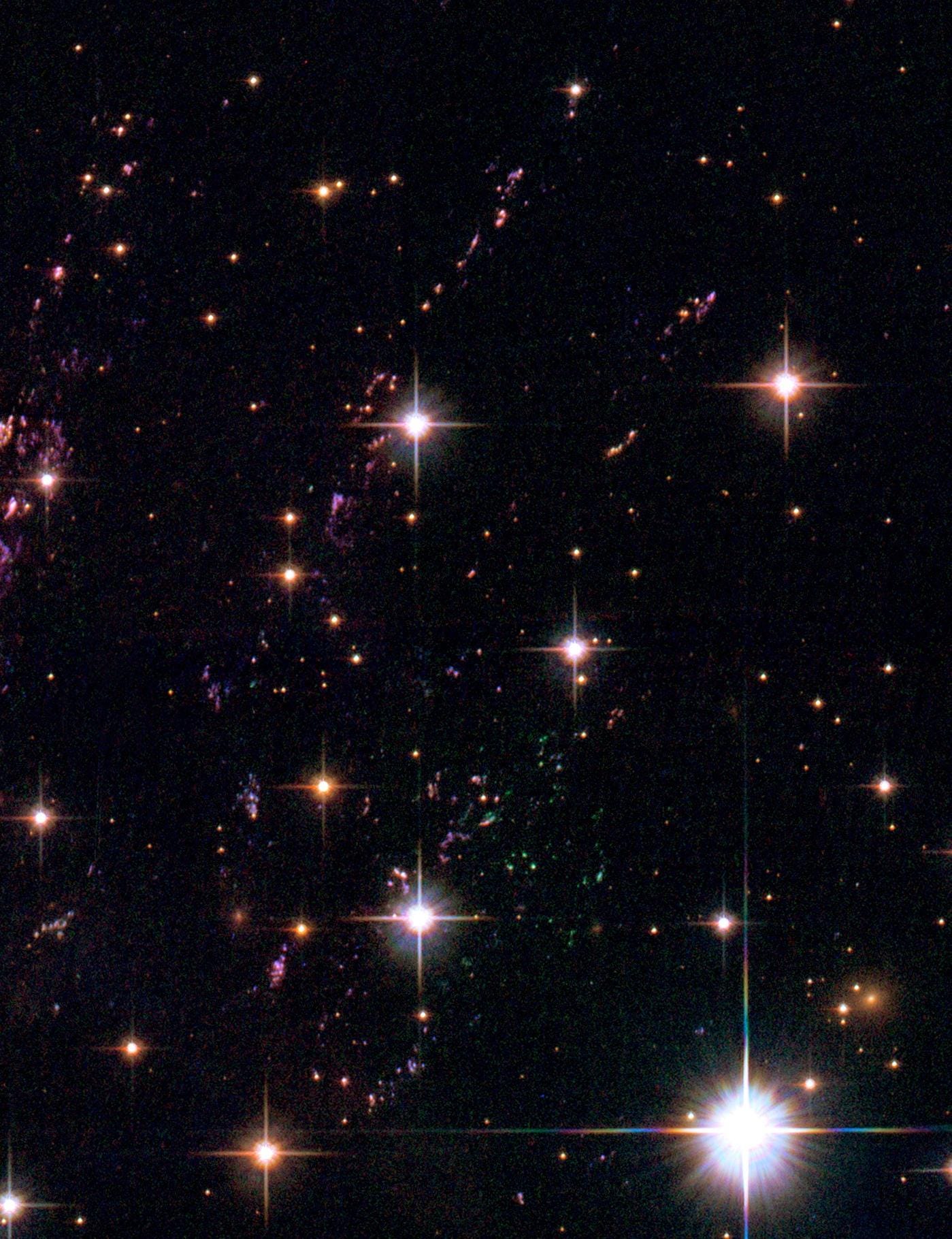

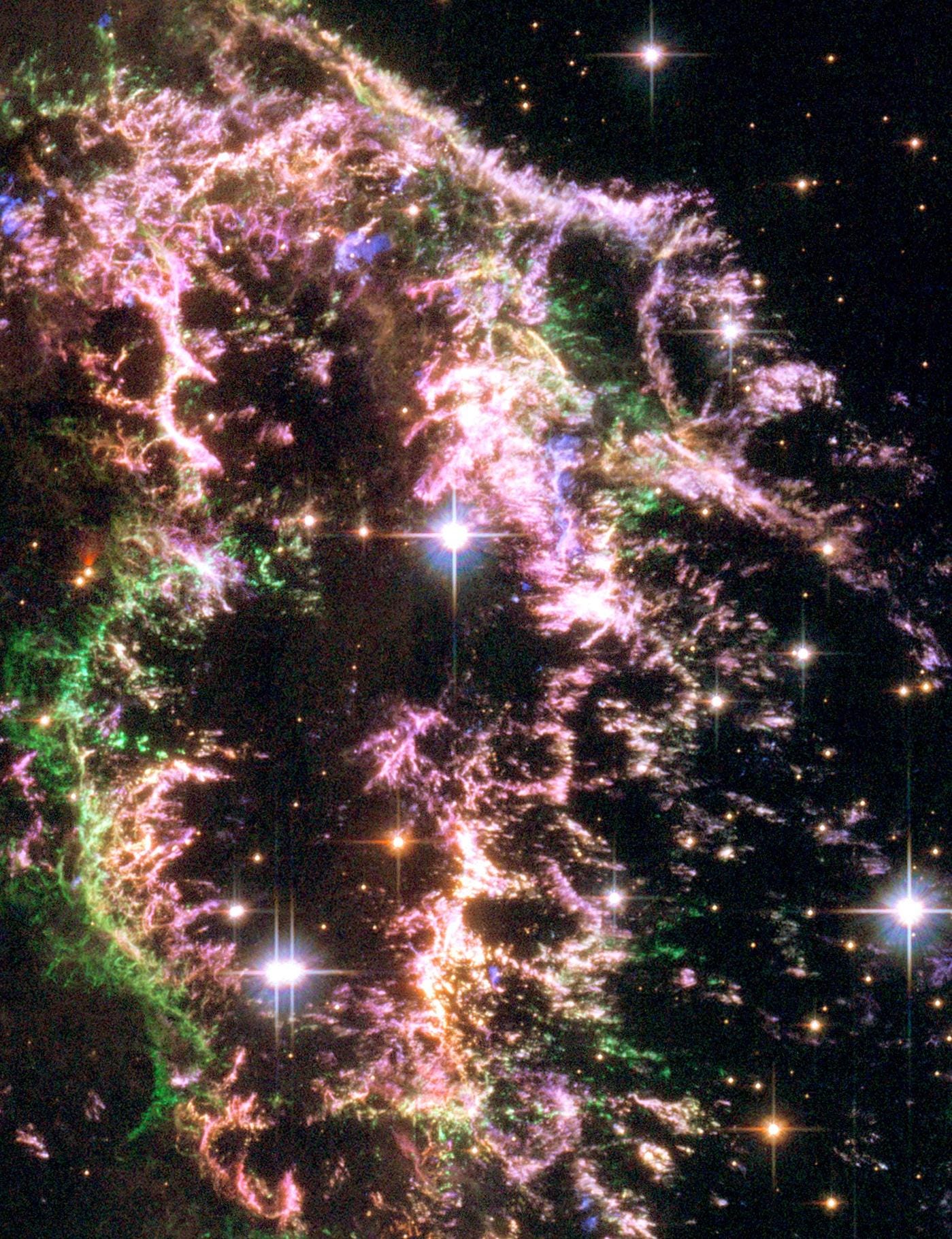

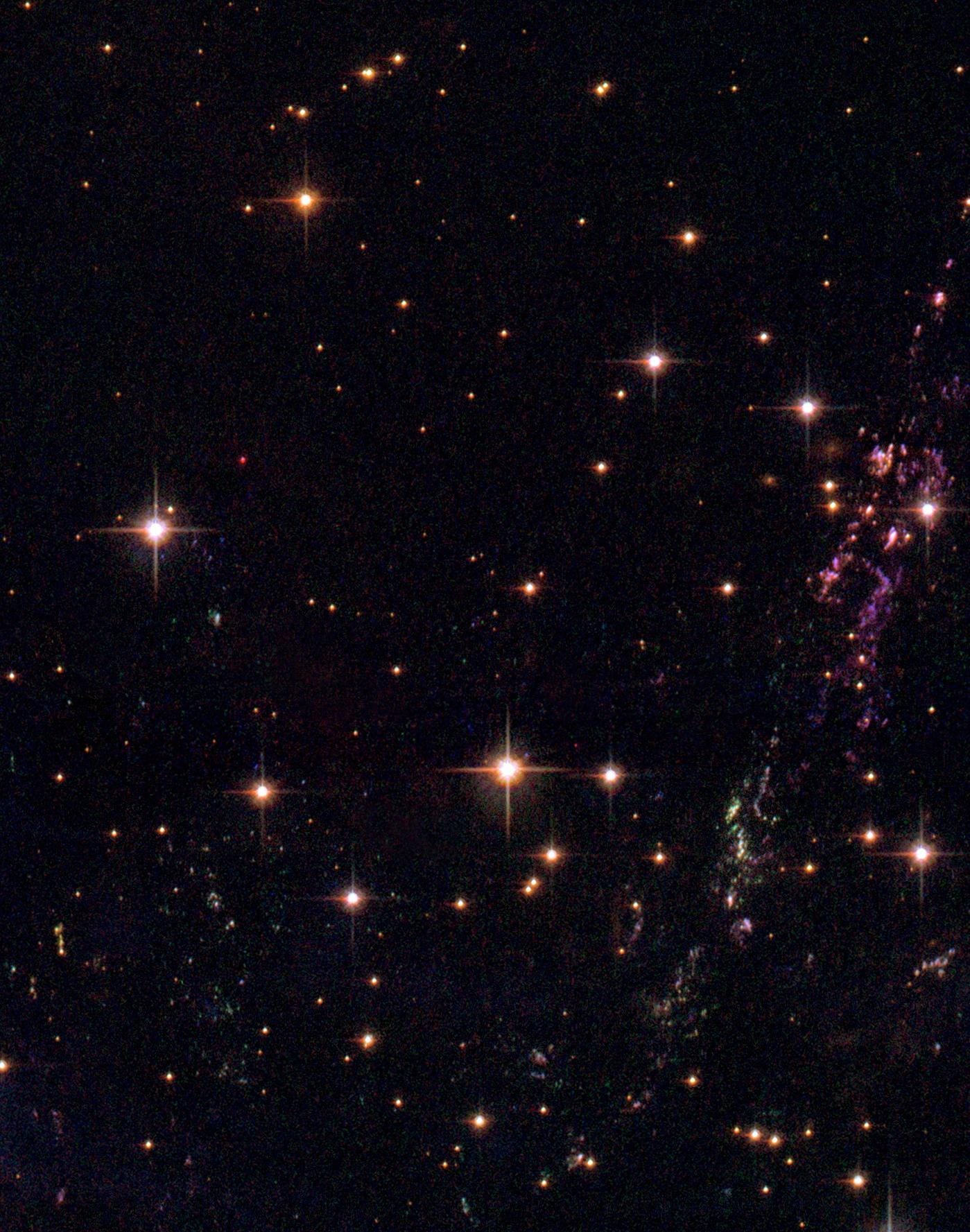
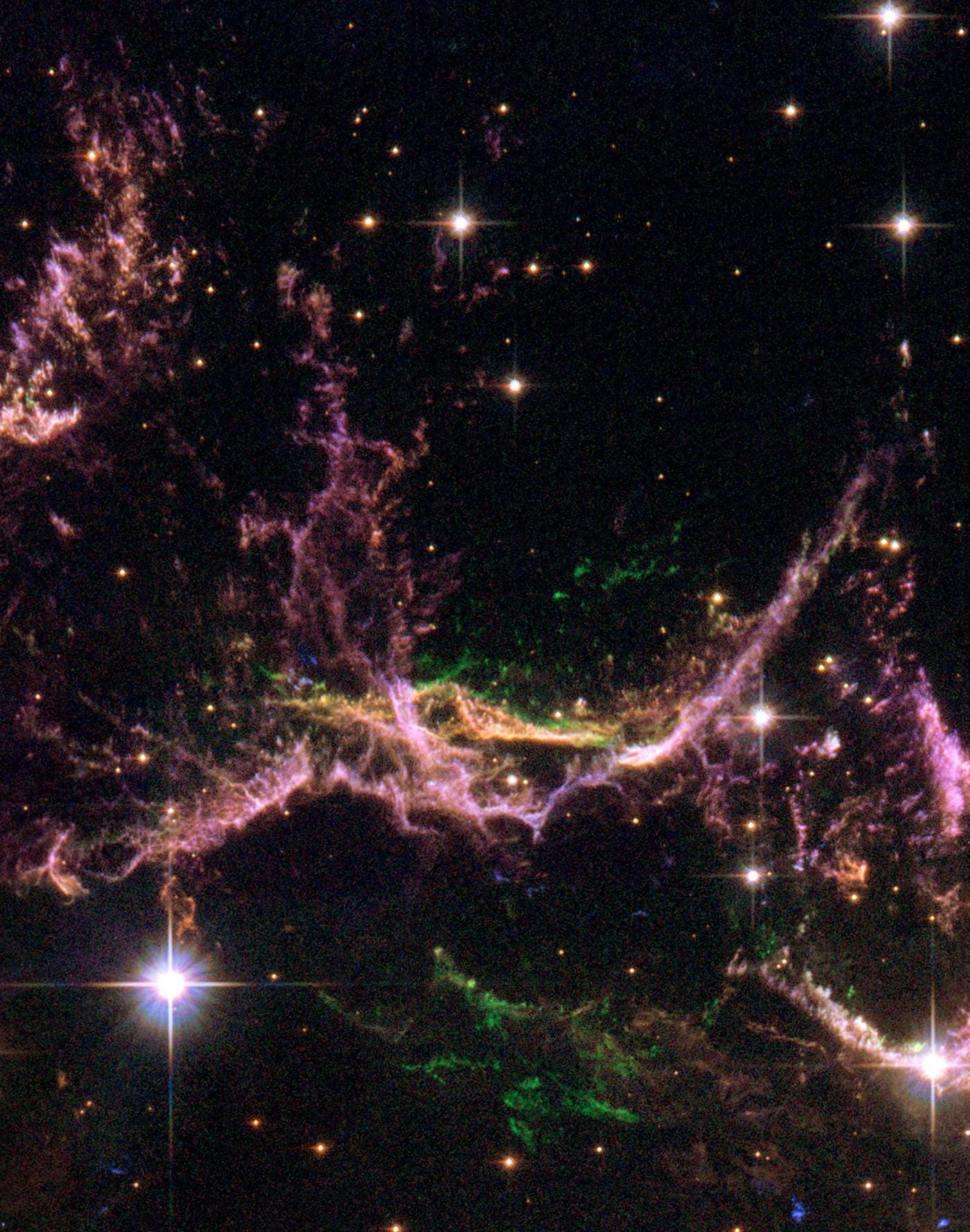
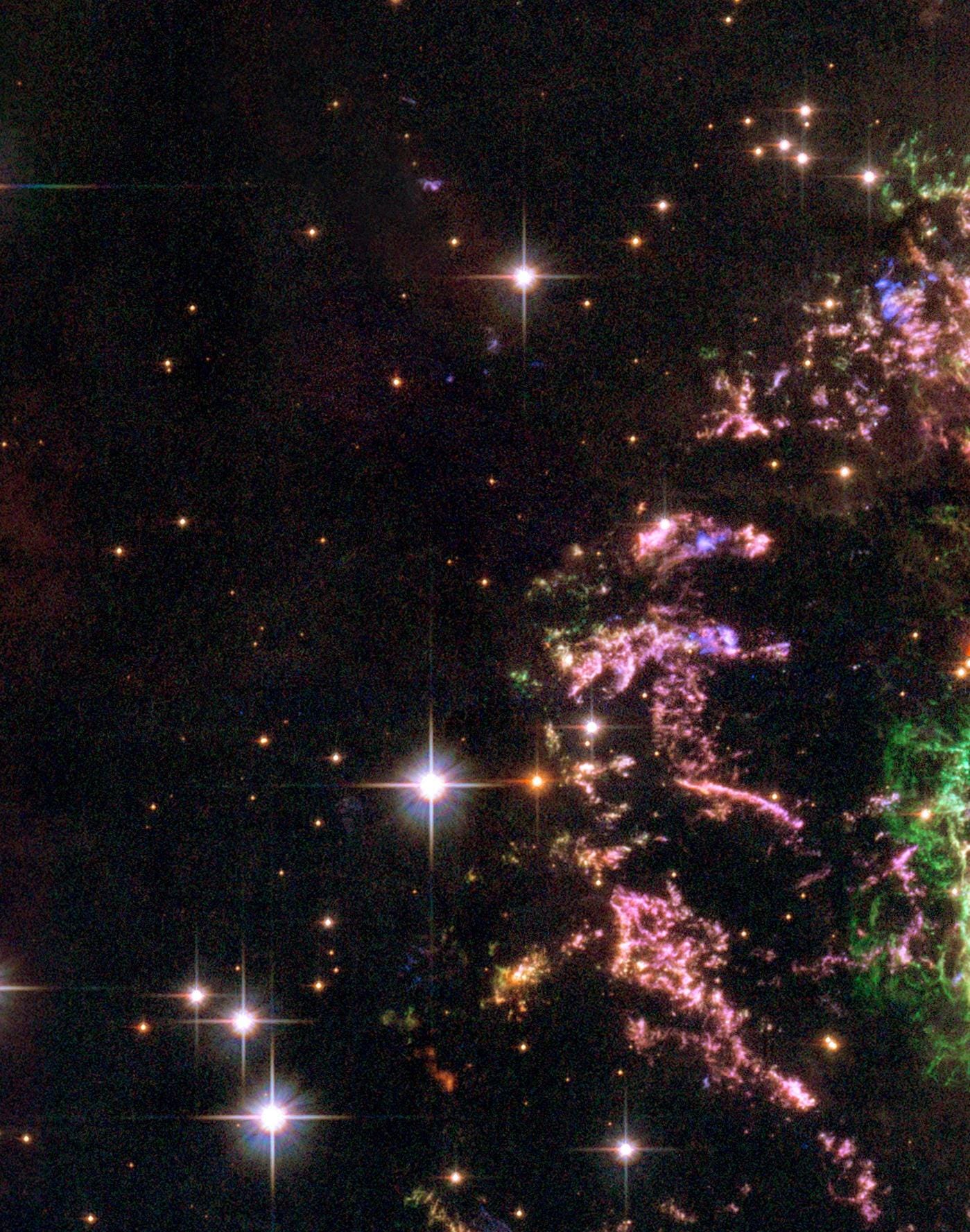
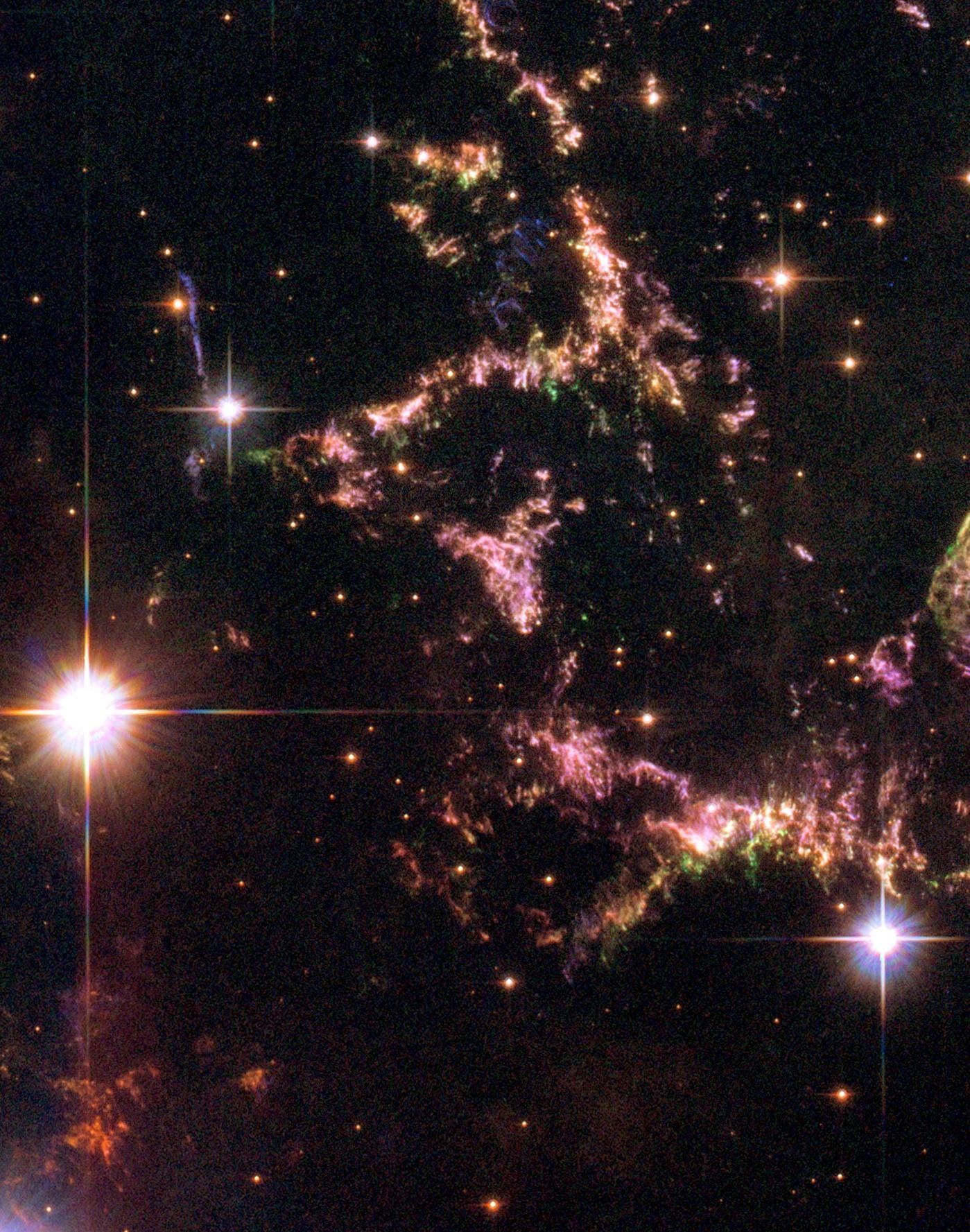


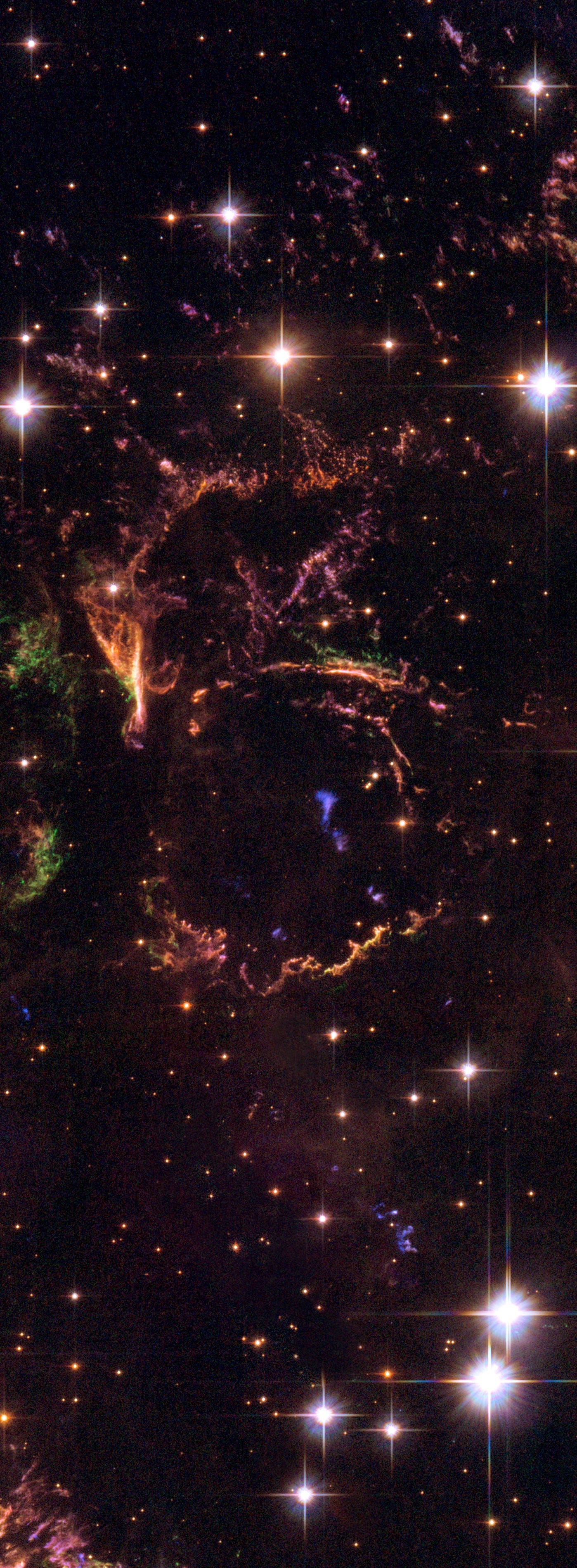
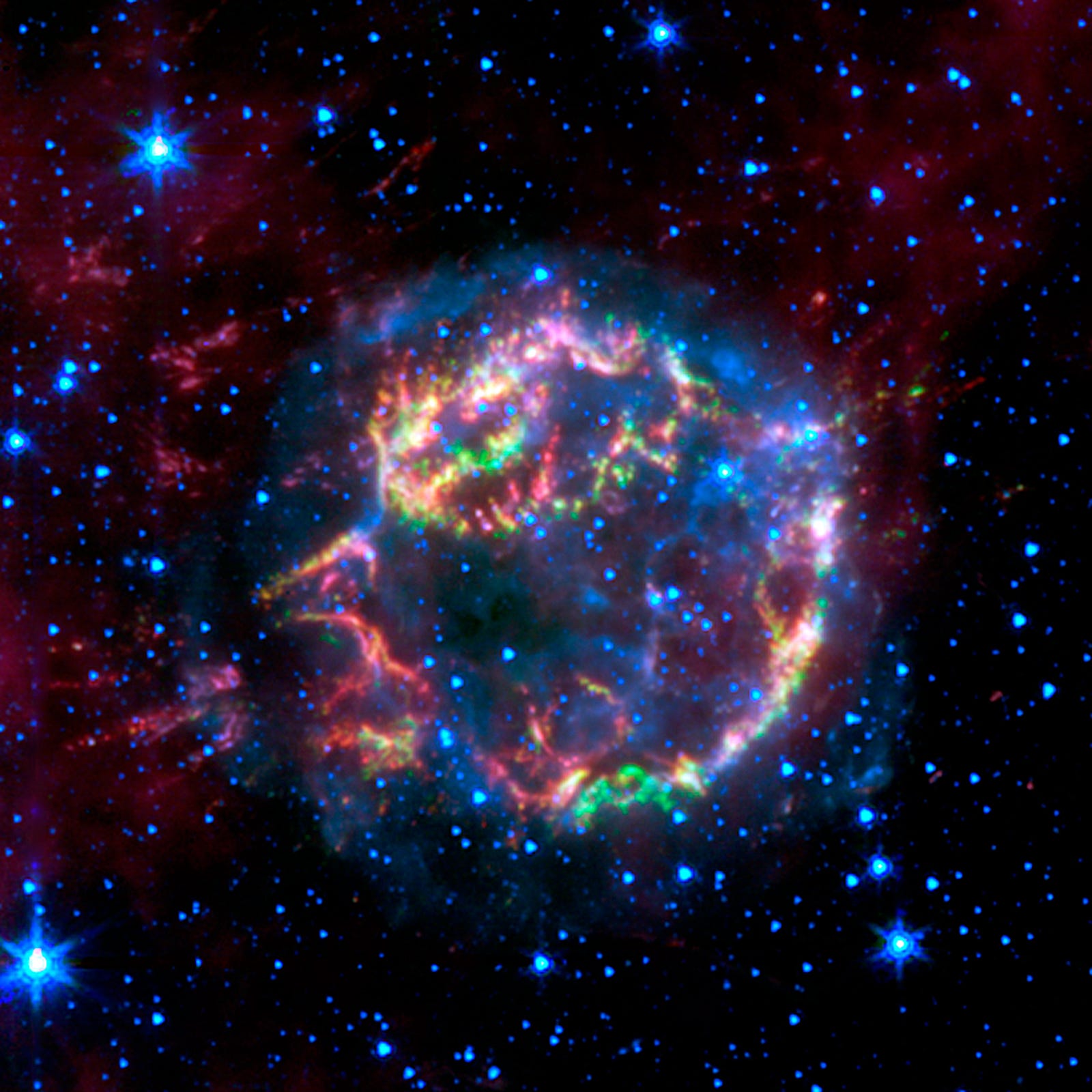

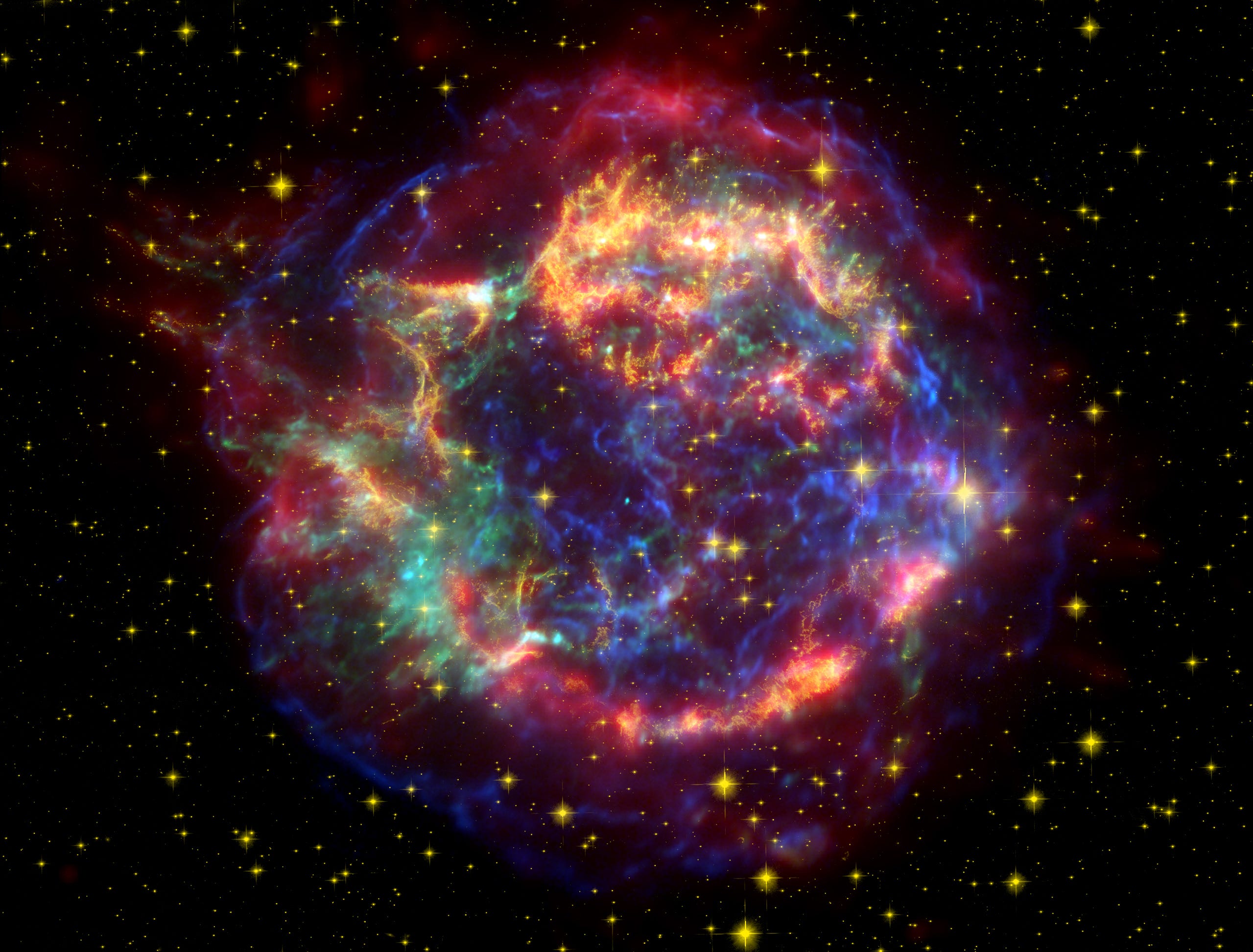
In 1947, a radio source towards the center of our galaxy was discovered: the strongest outside of the Solar System, Cassiopeia A. What caused it? A supernova dating back to the 17th century — the most recent one in our galaxy — with a massive black hole left behind. 11,000 light years distant, it was invisible from Earth due to its location in the galactic plane. Today, NASA’s great observatories, including Hubble (visible/near-IR), Chandra (X-ray) and Spitzer (infrared) have combined to showcase the fascinating, knotted structure of this ~340 year old stellar remnant.
Rich in not only elements like magnesium, phosphorous, silicon, sulphur, neon and argon, but in molecules like carbon monoxide, aluminum oxide and silicon dioxide, Cas A retains the onion-like structure of segregated elements that ultra-massive stars possess in their final stages. While the ejecta expand at speeds of 6,000 km/s up to 14,500 km/s (2–5% the speed of light), the gas-rich environment reflects the explosion’s light back towards us: a light-echo. Despite not seeing it until ~340 years later, we’ve determined the origin of the rare, Type IIb supernova itself: a red supergiant stripped of almost all of its hydrogen.
Mostly Mute Monday tells the story of a single object or phenomenon in images, videos and no more than 200 words.
Leave your comments at the Starts With A Bang forum on Scienceblogs.





